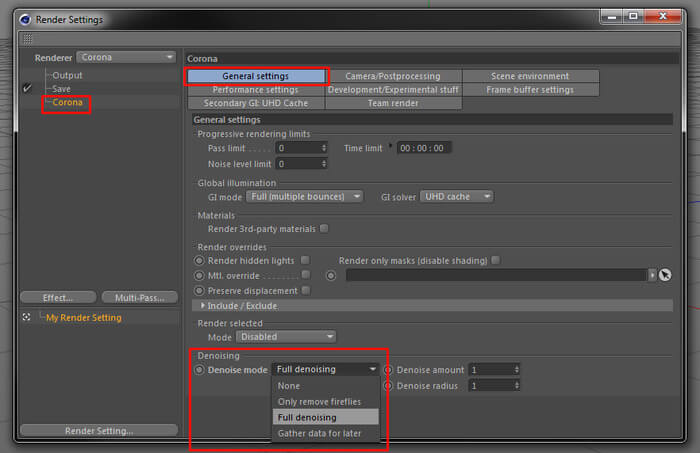

Rather than reporting time, we report the average number of rays per second across six runs, as the performance scaling of a result per unit time is typically visually easier to understand. We got in contact with the developer who gave us a command line version of the benchmark that does a direct output of results. Normally the GUI implementation of the benchmark shows the scene being built, and allows the user to upload the result as a ‘time to complete’.
#FLOOR GENERATOR CORONA RENDERER SOFTWARE#
Corona 1.3: Performance RenderĪn advanced performance based renderer for software such as 3ds Max and Cinema 4D, the Corona benchmark renders a generated scene as a standard under its 1.3 software version. As a result, we're providing both sets results for our CPU tests. Despite Intel saying that they recommend 'Intel Spec', the system they sent to us to test was actually set up with the power limits opened up, and the results they provided for us to compare to internally also correlated with that setting. ASUS offers the option to 'open up' the power and current limits of the chip, so the CPU is still running at the same frequency but is not throttled. For big studios however, CPUs are still the hardware of choice.Īll of our benchmark results can also be found in our benchmark engine, Bench.įor our graphs, some of them have two values: a regular value in orange, and one in red called 'Intel Spec'.
#FLOOR GENERATOR CORONA RENDERER CODE#
Most renderers offer CPU code paths, while a few use GPUs and select environments use FPGAs or dedicated ASICs. It comes in different formats as well, from 3D rendering through rasterization, such as games, or by ray tracing, and invokes the ability of the software to manage meshes, textures, collisions, aliasing, physics (in animations), and discarding unnecessary work. Rendering is often a key target for processor workloads, lending itself to a professional environment.


 0 kommentar(er)
0 kommentar(er)
